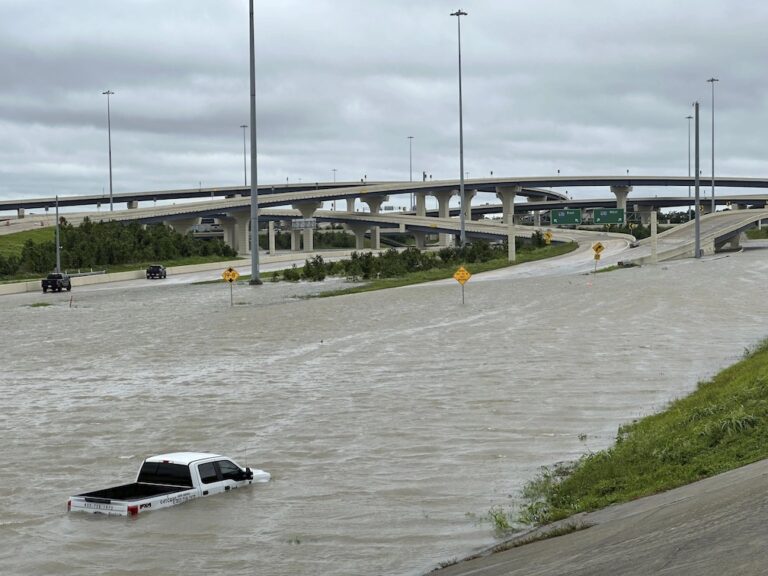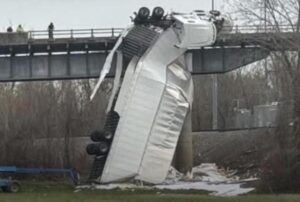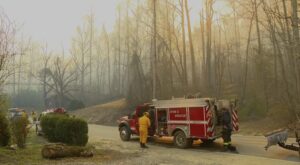LAKELAND, Fla. — When Hurricane Beryl made landfall in Texas on Monday, July 8 as a category 1 hurricane, bringing heavy winds, flash flooding, and state-wide power outages. American Logistics Aid Network (ALAN) sprung into action.
The organization mobilized its network and is currently working with non-profit and business partners to aid response efforts.
The first order of ALAN’s business was to get organized.
The organization hosted a logistics coordination call with responding non-profit partner organizations. During this call partners shared their current response capabilities and identified potential logistics gaps.
ALAN’s response coordination efforts, which include fielding and filling specific requests for logistics help, will continue this week as additional needs are identified, according to a release issued on Wednesday afternoon.
“Most of our requests for assistance arrive after a hurricane or tropical storm has hit, sometimes weeks, months or even years into recovery” said Alexia Nobles, ALAN’s Operations Coordinator. “That’s because each storm winds up having very different outcomes and pain points. And you really can’t predict what those will be – and where relief organizations will require supply chain assistance the most – until after the storm has moved through.”
ALAN’s Disaster Micro-Site is the best resource to view open logistics needs for response efforts. It’s also where we post critical resources and information in the form of Situation Reports as we receive new updates.
“We are likely to witness supply chain impacts given parts of the Caribbean, Mexico and U.S. Gulf Coast were all affected,” said Kathy Fulton, ALAN’s Executive Director. “ALAN will continue to convene its public and private sector networks to provide visibility, smart logistics solutions, and compassionate humanitarian response as relief efforts demand.”
The Associated Press reported on Tuesday that after Hurricane Beryl slammed into Texas early Monday, knocking out power to nearly 3 million homes and businesses, unleashing heavy rain and killing at least three people it moved east and later weakened to a tropical depression, the National Hurricane Center said Monday evening. The fast-moving tempest threatened to carve a harsh path over several more states in coming days.
Texas state and local officials warned it could take several days to restore power after Beryl came ashore as a Category 1 hurricane and toppled 10 transmission lines and knocked down trees that took down power lines, according to the AP.
Beryl later weakened into a tropical storm and then a tropical depression, far less powerful than the Category 5 behemoth that tore a deadly path of destruction through parts of Mexico and the Caribbean last weekend. But the winds and rains of the fast-moving storm were still powerful enough to knock down hundreds of trees that had already been teetering in water-saturated earth, and strand dozens of cars on flooded roadways.
As it moved inland, the storm threatened to spawn tornadoes and the National Weather Service confirmed on social media that tornadoes had been spotted in northeastern Louisiana.
ALAN was founded in 2005, and provides donated logistics assistance to disaster relief organizations before, during and after catastrophic events. It is aided in these efforts by financial supporters, volunteers and in-kind donors. In 2024 and 2023 it coordinated compassionate supply chain services for disasters such as the Arkansas tornadoes, Hurricane Idalia, the Maui wildfires, the California winter storms, the attacks on Ukraine, U.S. southern border response and the COVID-19 pandemic.
Bruce Guthrie is an award-winning journalist who has lived in three states including Arkansas, Missouri and Georgia. During his nearly 20-year career, Bruce has served as managing editor and sports editor for numerous publications. He and his wife, Dana, who is also a journalist, are based in Carrollton, Georgia.








